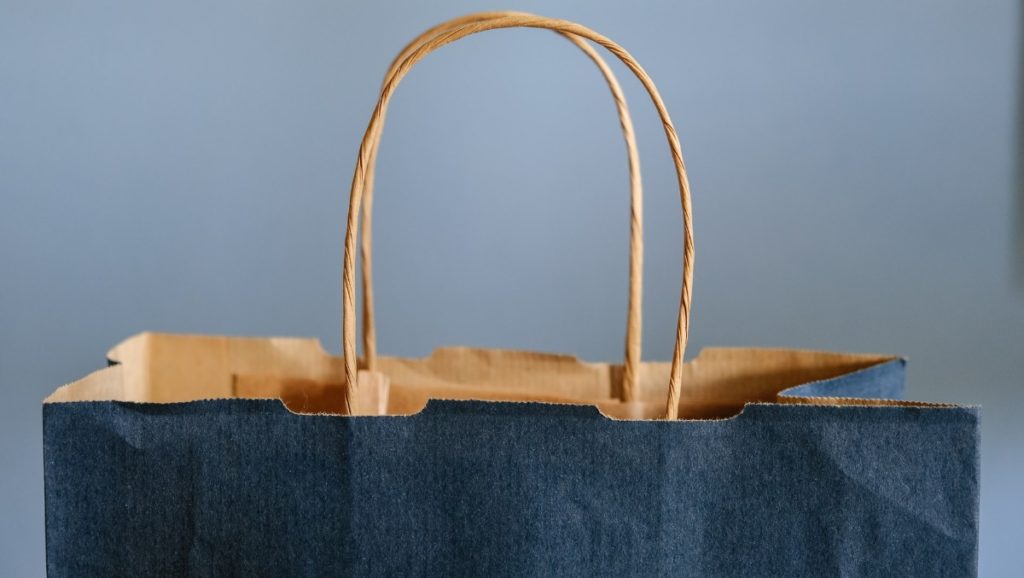By Dejan Subosic, President of Deep North EMEA
1. How can a better understanding of consumer behaviour in physical environments ensure health and safety measures are maintained?
From 4th July, the UK government will further relax lockdown measures – social distancing will be reduced to 1m and businesses operating within the hospitality industry have permission to reopen again. However, vital controls are still in place and as businesses begin to resume operations, upholding these restrictions and providing a safe environment is paramount.
It’s increasingly obvious that the bid to reopen the doors of businesses in a safe and responsible manner will prove to be yet another uphill battle. It’s more important than ever that companies and institutions that manage physical spaces start understanding their data and people’s movements so that they can better guarantee the safety of their visitors and customers while delivering a seamless customer experience.
2. How can organisations understand the data available to enhance the user experience and protect customers and staff?
One tool that will play a key role in ensuring safety measure as we shift to the “new normal” is computer vision and AI-powered analytics. This technology can be used to measure the occupancy of buildings and in-store movements to better understand consumer behaviour.
Rather than use manual counters at entrances and exits, businesses can more effectively measure store occupancy and use this insight to manage operations and inform safety levels. For example, the technology can help determine queue lengths and wait times to get in-store or check-out. This is particularly useful to understand if customers and employees are operating by social distancing standards and how to better uphold them. Through data analysis, businesses can better identify where in-store customers cluster to ensure proper shelving and distancing between essential and high-trafficked goods. Ultimately, this ensures that organisations can provide a seamless user experience that keeps both customers and employees safe.
3. What role can AI play in automating decision making and helping businesses understand the action they need to take in response to certain triggers to ensure they adhere to the latest government guidelines?
An AI-based decision platform can create customised triggers and responses for businesses based on the data available. For instance, if there are more than “X” people in a queue, AI technology can ping employees and tell them to open a new cash register. Similarly, if the threshold for maximum occupancy has been reached, then the trigger can inform employees. These triggers can be customised to fit the business’s needs, to better serve their customers, increase satisfaction, revenues and decrease operational costs.
4. How AI can improve the in-store customer experience in the long-term by providing the ability to assess, interpret and predict consumer behaviour in a commercial, physical space?
Brick and mortar businesses are in need of unique solutions that drive growth, provide adaptability, enable sales, and ensure the safety of their customer base as we slowly return to normality.
Data in the physical world is no longer a nice to have – it’s a need to have. The use of analytics and AI will be fundamental in allowing shopping centres, retail stores, and transportation hubs to reclaim consumer traffic and improve customer experiences.
5. How quickly can the technology be deployed in stores to ensure a safe shopping experience?
Many businesses already use cameras and CCTV as part of day-to-day operations meaning that it is just a case of utilising existing infrastructure. An AI system that is fully camera agnostic means that a store or shopping centre could typically deploy AI and people movement tracking in a matter of days.
6. How has the pandemic accelerated the use of new technology?
While a strong stance on social distancing has been taken, many consumer businesses are still facing large crowds and with that, an unprecedented need for a solution that helps to create plans and processes which can ensure the health and safety of both their employees and customers. As things slowly begin to return to normal, the demand for these solutions will become part of ongoing efforts to flatten the curve, while keeping business afloat.









